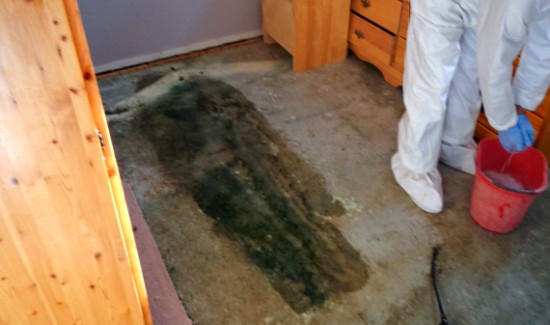
Crime scene cleaning services continuously train their technicians for extreme situations. This training makes cleaners more reliable when serving the public. First responders rely on their expertise to remediate a violent crime scene. Crime scene cleaners are experts in cleaning up deaths from accidents and crime scenes. They also clean up bodily fluids and blood from heinous crime scenes and accidents.
Perhaps, you might be worried if you can trust them enough to clean and sanitize the environment? Well, this should be the least of your worries as they are highly trained to deal with these kinds of situations. Also, they take care of the disposal of biohazardous waste generated from the site. Blood and bodily fluids can be dangerous and contaminated. It is expedient that you tread carefully when handling it. These diseases and pathogens found on the fluids are highly contagious so it’s important that you leave the site for a professional to deal with it. However, the pandemic with the coronavirus has shown that biohazard cleaners should be prepared for anything because no one believed the world would still be far behind in dealing with the pandemic till this present day.
Professional crime scene cleaning services train technicians to be prepared for the worst cases. They undergo training for combating the deadliest of outbreaks. With their training and experience, they can quickly contain the spread of disease before it overwhelms the community, law enforcement agents, and first responders.
Apart from technicians, crime scene cleaners train alongside the local police force to manage hazmat situations effectively. There are quite a number of emergencies that can escalate within the shortest time frame if not contained quickly. Taking fast preventive actions protects the property owner and the entire community from a catastrophic outbreak.
As a Hazmat technician, crime scene cleaners can contain and prevent the spread of bloodborne pathogens in hazardous situations. Doing this requires a high level of training which has been graciously provided by the local police officers at their training facility. As a result of this, first responders reach out to them to take on the challenge of cleaning up a biohazardous event that puts the lives of everyone and the surrounding environment at risk.
Biohazard training is similar to hazmat training. When contacted for a biohazard cleaning task, these experts will do what is needed. They arrive at the scene with their protective gear and perform the task at hand safely. The PPE contains boots, a suit, gloves, a face mask, and a respirator. A ‘level A’ biohazard cleanup site requires a more stringent approach.
‘Level A’ PPE involves a zip lock suit that is chemical and gas sealed. This protective gear is used in the most extreme conditions such as dealing with a chlorine leak. A ‘level A’ PPE is air sealed so it comes equipped with air tanks to allow the wearer to breathe easily. This is similar to what firefighter wears. Level A PPE is best suited for a more dangerous situation.









